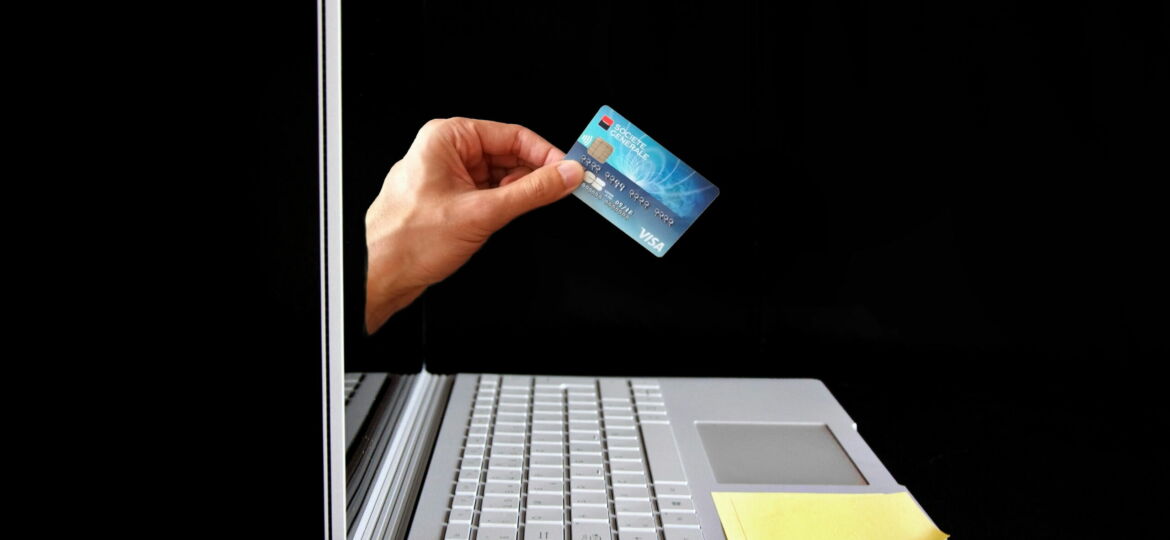
A line of credit (LOC) is an account extended to you which allows you to borrow money when you need to. Simply put, it is a loan from a financial institution, usually a bank or high street lender, which allows you to borrow up to a certain set financial limit. You will then be required to repay this amount plus interest on what you used according to the institution’s regulations.
You can take out a LOC to cover any costs you cannot currently afford, whether this is for a substantial purchase such as a vacation or wedding, or for an unexpected emergency. The use of these loans can be flexible and can be utilized for whatever your financial needs at a particular time are. For example, if you need $500 for a particular purpose, you may be able to get a line of credit to cover you for that precise amount when you need it.
How Does A Line Of Credit Work?
If you’re having difficulty understanding what a line of credit is, an easy way to picture it is simply imagining a financial institution literally extending credit to you.
Once a financial institution has extended a line of credit to you, you can use this similarly to how you use a credit card. You can write checks, make card payments and generally just use the cash as you wish as long as you stay below the set borrowing limit. Within this pool of funds, you can withdraw money whenever you need to and only pay interest on this amount; you do not pay interest on the total LOC amount available.
In fact, the interest rates on LOCs are typically a lot lower than those on credit cards as you only incur interest on what you use in the credit line.
Types Of Lines Of Credit
The three most common categories of LOCs are:
- Personal Line Of Credit – This is usually an unsecured LOC and will provide its borrower with funds that can be taken out, repaid, and borrowed again. As it is unsecured, you will need a reasonably good credit score to take out a Personal LOC. However, you may use it for whatever you wish, whether this be for a substantial purchase or to cover any emergency costs
- Home Equity Line Of Credit (HELOC) – This is normally a secured kind of LOC as a borrower will need to secure the loan with the equity in their home. The credit limit extended to the borrower is usually equal to around 75& to 80% of the market value of their home
- Business Line Of Credit – This kind of LOC can be secured or unsecured, and is used by businesses to borrow funds on a need-to-have basis as opposed to taking out a fixed loan. The limit of this LOC will be determined based on the profitability, market value, and risk of the business it is extended to
Unsecured And Secured Lines Of Credit
A LOC can be secured or unsecured. However, they are usually unsecured. This means they are not backed up by any collateral – this is something you would relinquish (normally property or car) should you fail to make the repayments.
The most notable instances of secured LOCs are home equity lines of credit (HELOC) as this will need to be secured by the equity in the borrower’s home.
As is typical with all unsecured loans, unsecured LOCs are generally subject to higher interest rates as they do not have collateral to secure them. Instead, unsecured LOCs look for a reasonably high credit score in order to determine their borrower’s creditworthiness.
Advantages and Disadvantages Of Lines Of Credit in The US
Much like other loan arrangements, be they online payday loans, installment loans or something else, a line of credit comes with both advantages and disadvantages to consider before applying.
[table id=12 /]
To begin with, LOCs provide a good strategy for dealing with unplanned expenses and emergency costs as you can take out a pool of funds and only pay interest on what you actually end up using.
Furthermore, most LOCs have built-in flexibility, allowing you to use what you need, when you need it and for whatever you want to use it for. The repayment plan of LOCs is usually quite flexible too though, of course, different institutions will have their own regulations.
However, some downsides of LOCs are that they can have high-interest rates if you use your line of credit extensively. Especially if you take out an unsecured LOC there is a risk of higher interest rates, and though these rates are usually lower than credit card interest rates, they vary widely from lender to lender and are not always guaranteed to be low.
Due to the flexibility of LOCs you may also be tempted to overspend. This can make it all the more difficult when it comes to repaying your credit.
There are also penalties for late payments and, unlike credit cards, LOCs do not always provide you with regulatory protections. Misuse of a LOC can also hurt your credit score though, of course, this is the risk you take when taking out any form of loan.

